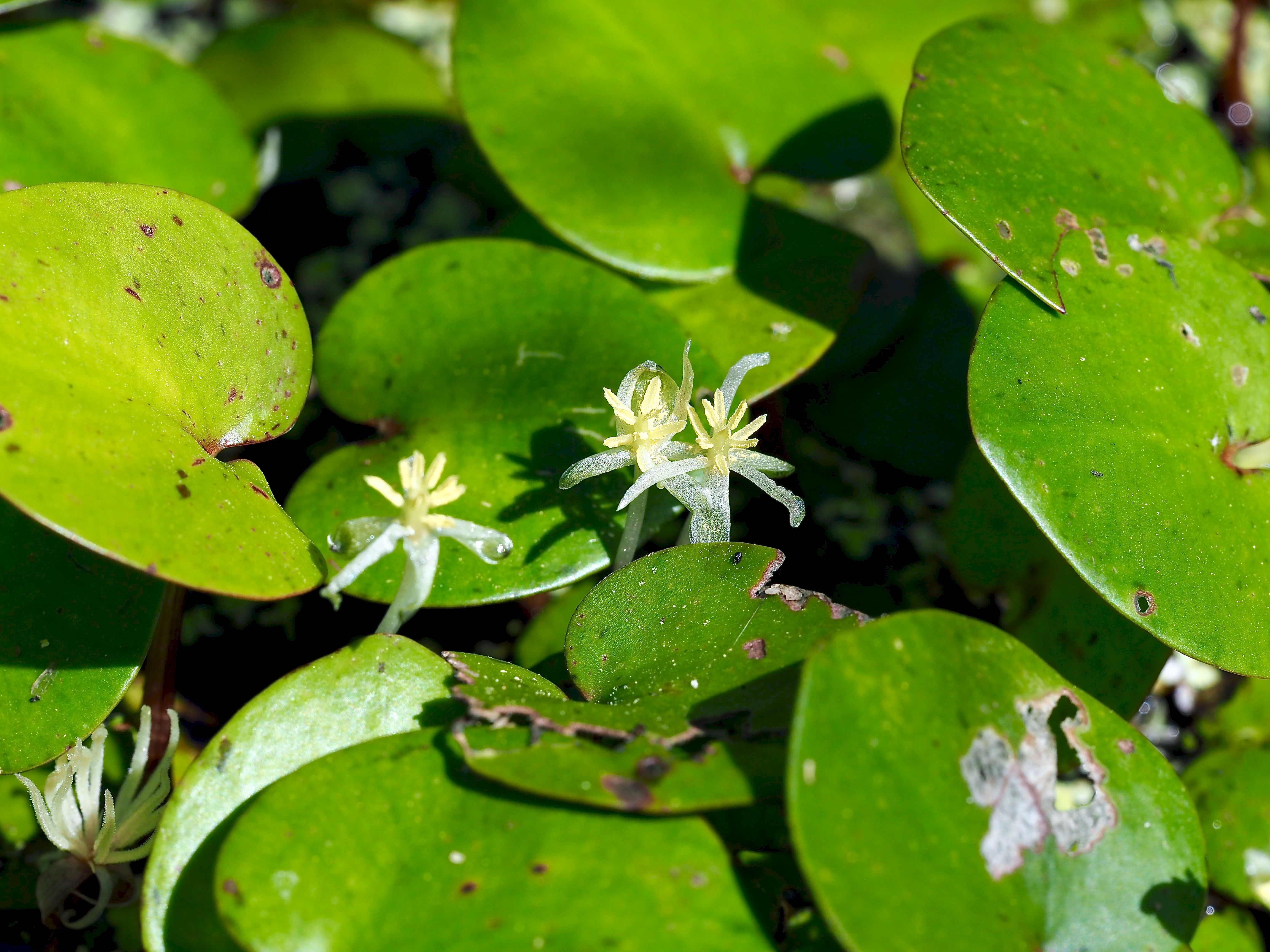Been a while since I posted anything to my Journal... Sooo...
Now that its getting warmer here in Minnesota making shipments of plants out of California temperature-safe, I am redoing my 150L (40 US Gallon) low-tech
lean experiment tank with a new batch of stem plants. Yes, I still call it my
lean experiment tank as I still have to see the glory of it with more challenging stem plants... 🧐
The scrawny stem clippings I bought a year ago when I started the experiment didn't make it. I think in part because of the less-than-ideal state the plants were in when I received them and in part because the tank had not fully made the "switch" to lean and I was sort of dithering between various remineralizing and dosing regimes, so this time around I hope for more success given the tank is now very stable and I am going get some nicer - and possibly potted - plants instead (i.e. I am prepared to spend some money this time

).
I am looking for 3-5 different kinds of
slightly challenging stem plants -
ideas welcome! - nothing
crazy challenging and I am planning (hoping) to keep my water parameters, very lean dosing and rather
laissez-faire maintenance routine that I have come to believe works well for densely planted, lightly/medium stocked low-tech tanks - in my case 35% WC every 14 days.
I am going to get rid of a bunch of plants already in the tank - all very healthy and mostly in the
easy category - an obnoxiously large and very healthy java fern, some large sword runners, crypt and tons of floating plants are all on the chopping block - I am probably going to send them all out to a friend.
The tank is currently running like this:
NO CO2 injection
Mechanical filtration (sponges and occasional purigen in my 2 HOBs)
Internal PatMini for extra flow and aeration.
Dedicated UV filter (9w).
RODI WC water remineralized to GH 2.5 / KH 0.5
Ca 9 ppm from CaSO4 (5 ppm) and CaCO3 (4 ppm)
Mg 5 ppm from MgSO4 and Tropica Specialized
Dosing every ~14 days after WC with Tropica Specialized (targeting the full 150L or the WC water only...):
N 1.25 ppm (NH4NO3)
P 0.1 ppm
K 1.0 ppm
Fe 0.07 ppm
+ whatever N & P I get from food waste, 2 Oto's, 6 Bleeding heart tetras, 7 Rummy nose tetras and a pair of Angle Fish that are outgrowing the tank

Photoperiod is ~12 hours a day at medium light
Inert but mature (~3 years old) substrate (gravel)
Temperature ~22 C.
24/7 aeration.
Mostly excellent flow/circulation around the tank.
pH ~6.2
ORP ~350 mV
Except for a few tweaks here and there along the way (mainly the Potassium dosing, that I recently lowered vs. my Mg dosing and CaCO3 for KH instead of K2CO3), this is how the tanks been running for about a year now. Virtually zero algae, very clean, good plant health and growth albeit slow, but all mostly
easy plants as mentioned above.
Cheers,
Michael



